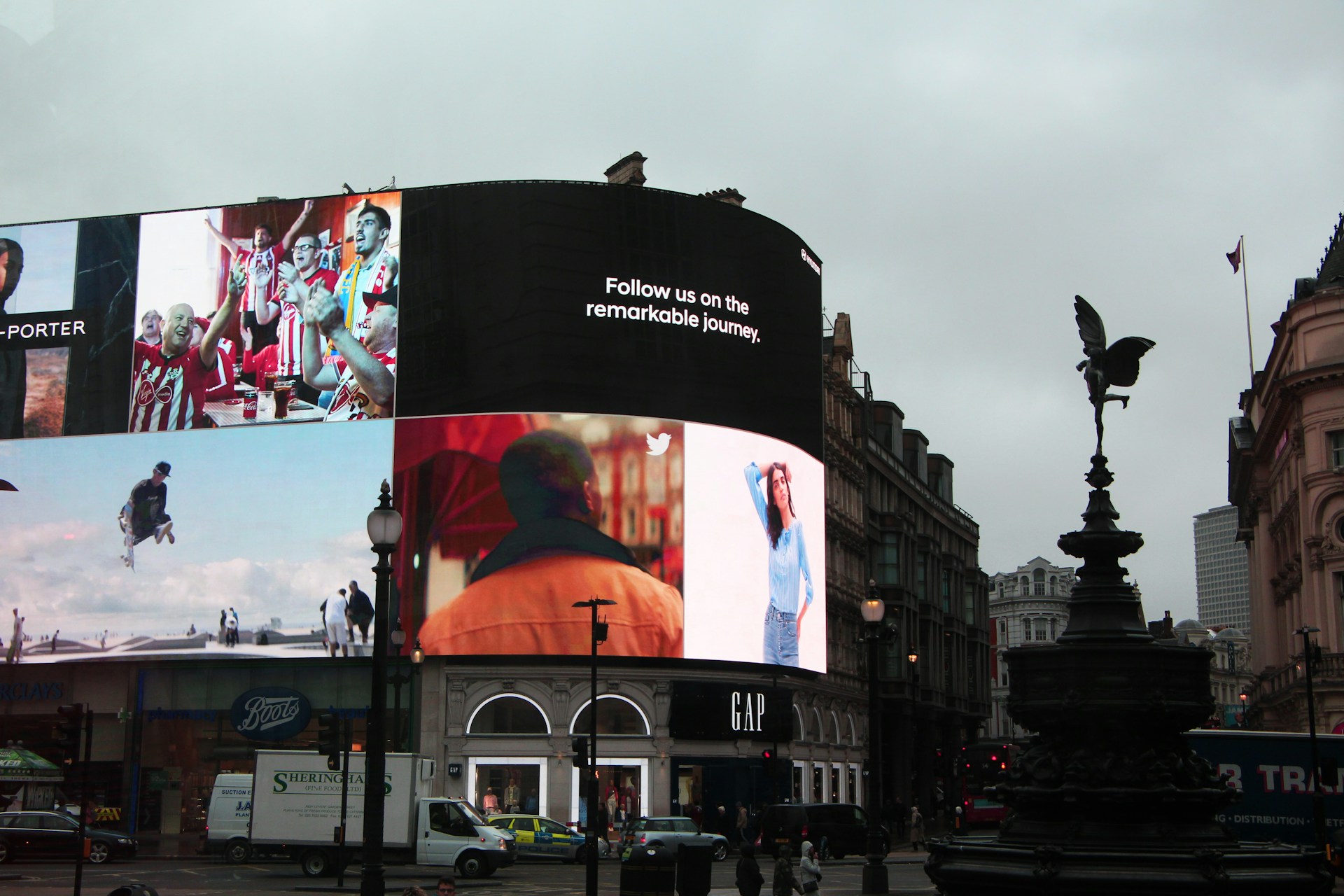Using public areas to attract consumers outside of the boundaries of traditional media, out-of-home (OOH) advertising has been a mainstay in the marketing industry for decades. Overpowering cityscapes are billboards, transit ads, and posters that impact customer behavior and brand recognition. But an intriguing junction that blurs the boundaries between traditional advertising and the unfiltered, emotive realm of street art—graffiti, specifically—has developed in recent years.
The Impact of Out of Home Advertising
Out of home advertising is a dynamic and influential medium that extends beyond the traditional confines of TV, radio, and print. Billboards, in particular, have become iconic elements of urban landscapes, delivering messages to a diverse audience in high-traffic areas. The power of outdoor advertising lies in its ability to reach consumers when they are outside their homes, creating brand awareness and influencing purchasing decisions.
In a world bombarded by digital content, OOH advertising provides a tangible and immersive experience. Whether it’s a strategically placed billboard along a busy highway or a captivating transit ad, out of home advertising offers brands the chance to connect with their audience in the physical realm. The impact is immediate, reaching commuters, pedestrians, and city dwellers in a way that other forms of advertising cannot replicate.
The Rise of Street Art and Graffiti
On the other end of the artistic spectrum, street art and graffiti have evolved from subversive expressions of counterculture to recognized forms of contemporary art. What started as an underground movement has found its way into galleries and mainstream culture, challenging traditional notions of art and public space. Street artists use the cityscape as their canvas, transforming blank walls into vibrant murals that often convey social or political messages.
The Fusion of Art and Advertising
In recent years, the worlds of out of home advertising and street art have collided, giving rise to a new form of visual communication – Ad Art. Brands are increasingly recognizing the value of incorporating elements of street art and graffiti into their outdoor campaigns. This approach not only engages audiences on a deeper level but also aligns brands with the urban zeitgeist.
Many street artists, previously operating in the underground, are now sought after by brands looking to inject authenticity and urban flavor into their campaigns. From large-scale murals to interactive installations, the boundaries between art and advertising are becoming more fluid. This fusion allows brands to tap into the authenticity associated with street art while maintaining the reach and impact of
Authenticity and Urban Connection
One of the key reasons behind the success of this fusion is the authenticity it brings to advertising. Street art has roots in rebellion and self-expression, and when incorporated into advertising, it lends a genuine, unfiltered feel to the campaign. Audiences appreciate the departure from polished, corporate aesthetics and respond positively to campaigns that embrace the raw, urban energy of street art.
Moreover, the connection to the local urban culture is strengthened when brands use street artists to create their outdoor campaigns. It’s a nod to the community, an acknowledgment of the vibrant, dynamic environment in which the brand exists. This sense of connection goes beyond mere advertising; it becomes a statement of cultural alignment, fostering a positive relationship between the brand and its audience.
Challenges and Controversies
While the marriage of street art and advertising has its merits, it’s not without challenges. Some argue that co-opting street art for commercial purposes dilutes its authenticity, turning rebellion into a commodity. Additionally, there’s the risk of backlash from purist street art enthusiasts who believe that the essence of the art form is lost when it’s harnessed for advertising goals.
The delicate balance lies in maintaining the integrity of the street art while achieving the marketing objectives of the brand. Successful collaborations are those that respect the artist’s vision, embrace the spirit of the local community, and contribute positively to the urban landscape.
In the ever-evolving landscape of advertising, the relationship between out-of-home advertising and street art continues to captivate audiences and redefine the way brands connect with their consumers. Ad art represents a unique fusion of commercial and cultural elements, offering a refreshing departure from traditional advertising approaches. As brands seek innovative ways to stand out in the urban jungle, the marriage of street art and advertising is likely to remain a compelling and evolving chapter in the world of visual communication.
































































